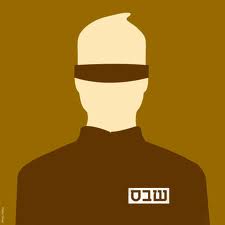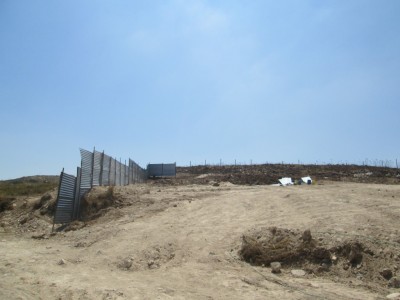Year: 2013
-
Anxious Eid for family of prisoner in Hebron
8th August 2013 | International Solidarity Movement, Khalil Team | Hebron, Occupied Palestine For one Hebron family, this year’s Eid is more worrisome than festive. They will have to spend it wondering about their father and husband, whom they have not been able to talk to since the 4th of August. Last Sunday at around…
-
Video – Amena Rabo: A life under occupation
6th August 2013 | International Solidarity Movement, Khalil Team | Hebron, Occupied Palestine On the 2nd of August, Amena Abed AlFatah Abed Rabo passed away in Hebron. She was 71 years old and suffered a stroke. However, Amena might still have been with us, had the Israeli military let the ambulance through the many checkpoints.…
-
Settler harassment continues in Asira’s Water reservoir project
4th August 2013 | International Solidarity Movement, Nablus Team | Asira al Qibliya , Occupied Palestine This week, settlers from Yitzhar attacked the Asira village water project and its workers, once again. Israeli occupation forces who went to the scene did not to stop the settlers and instead occupied the roof of a Palestinian house…



